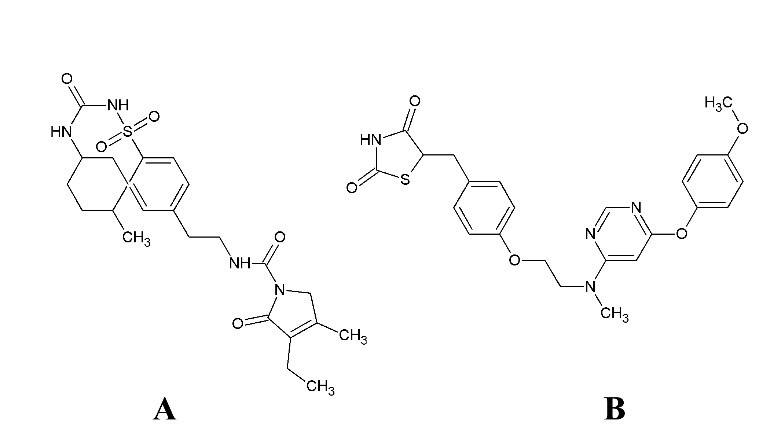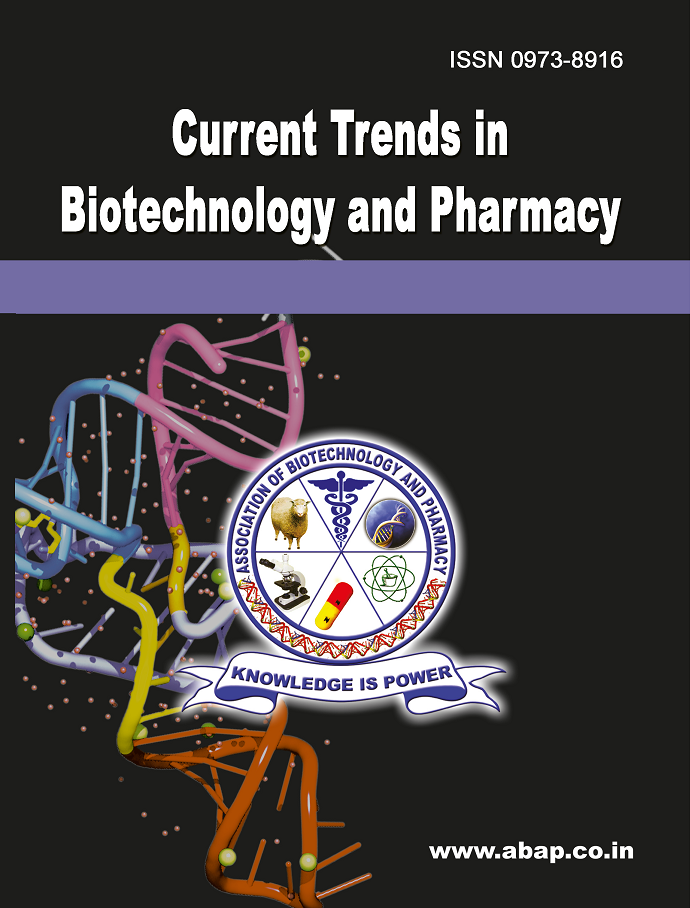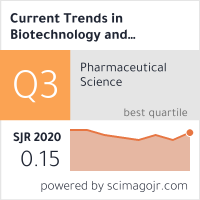A Quality by Design Driven RP-HPLC Method for the Assay of Lobeglitazone & Glimepiride and In-silico Admet Studies
DOI:
https://doi.org/10.5530/ctbp.2025.2s.2Keywords:
Lobeglitazone, Glimepiride, Quality by design, RP-HPLC, in-silicoAbstract
A cost-effective, simple and accurate Quality by Design (QbD) based approach for the analysis of Lobeglitazone and Glimepiride in tablet dosage forms was developed. Insilico study was performed to investigate the pharmacokinetic and toxicological properties of the two drug products.The method was subjected to optimization using a central composite design, where column temperature, flow rate, and organic phase ratio in the mobile phase were optimally tuned as critical parameters to determine critical analytical parameters, i.e., resolution and theoretical plate number. Maximum separation was achieved on a C18 column using a mobile phase containing acetonitrile and 10 mM ammonium acetate buffer, 1.0 mL/min flow rate, and 40 °C column temperature. The statistical assessment was done using Design expert software and excel. pkCSM web server was used for Absorption, Distribution, Metabolism, Excretion and Toxicity (ADMET) studies. Glimepiride and Lobeglitazone retention times of 8.923 minutes and 10.529 minutes, respectively, were achieved. The drug product was found to be sensitive towards acidic, basic, neutral, oxidative, photolytic, and thermolytic conditions. Glimepiride’s potential for hepatotoxicity and Lobeglitazone’s possible cardiac risks due to hERG inhibition highlight the need for vigilant monitoring in patients.



